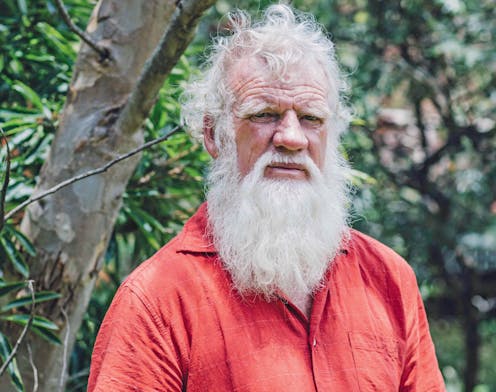Dark Emu has sold over 250,000 copies – but its value can't be measured in money alone
- Written by Julienne van Loon, Associate Professor, Writing and Publishing, School of Media & Communication, RMIT University

Bruce Pascoe’s Dark Emu[1], first published in 2014, represents that rare bird in small press and independent publishing in Australia: a long-term sales success.
Dark Emu attempts to debunk the idea that pre-European Aboriginal people were purely “hunter-gatherers”.
Indeed, it suited settler-colonists, Pascoe argues, to fail to recognise Indigenous agricultural practices as organised, intelligent land management. In the original publisher’s press release, Pascoe described it as a book “about food production, housing construction and clothing”.
By mid-2021, seven years later, it had sold[2] an impressive 250,000 copies.
But sales are just one way to demonstrate the success, or value, of a book.
Measuring value beyond sales figures
We tracked[3] the impact of the original edition of Dark Emu over five years, from 2014 to 2019, to look at how it contributed to (or otherwise altered) six categories of value, or “capital”. They were: financial (the primary way our culture measures a book’s success), but also social, human, intellectual, manufactured and natural.
We borrowed these six categories from a value-reporting mechanism used in the corporate sustainability sector, The Integrated Reporting Framework[4].
















